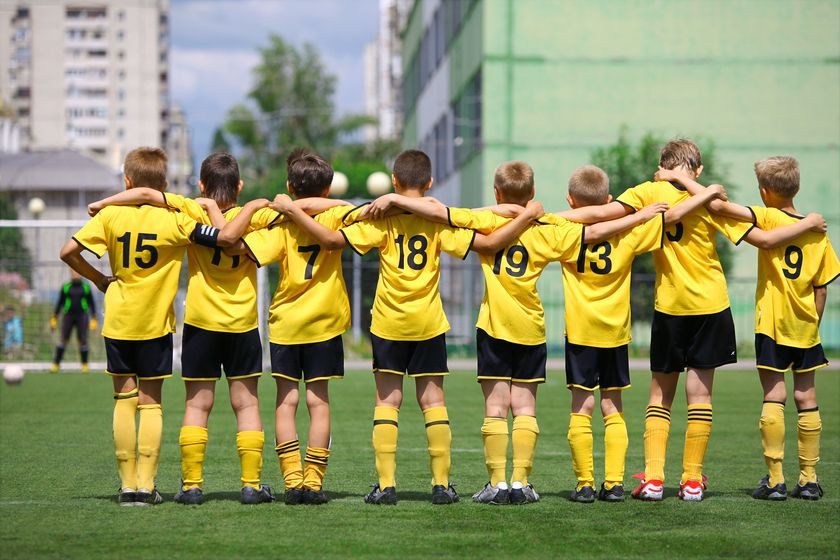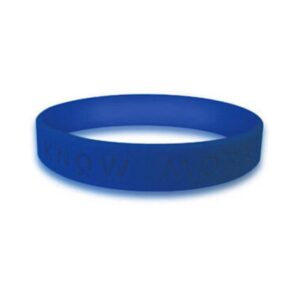
Youth Sports Safety Month
National Youth Sports Safety Month, observed in April, is the perfect time to bring safety awareness to track meets, ball games, and playing fields at school and in our communities.
Sports serve an important role in the development of children’s physical abilities, social life, identity and self-esteem. Safety sometimes takes a back seat to success when playing youth sports. Youth Sports Safety Month raises awareness of youth sports injury education and prevention.
National Youth Sports Safety Month sponsors offer important tips for coaches, parents, and kids:
Raise awareness and practice sports safety at ball games, track meets, and on the playing fields. Here are some tips for coaches and families of youth athletes:
Before the sports season starts, make sure you have an up-to-date physical exam. If applicable, it’s also important to complete any pre-participation paperwork and screenings with your school/organization’s athletic trainer.
Be sure to safely and slowly increase activities to improve physical fitness. Being in good condition can protect players from injury.
If your school or organization does not have an athletic trainer on staff, talk to the coaches directly about any pertinent medical information (allergies, asthma, recent orthopedic injury history, etc.).
More Tips to Keep Youth Safe
- Maintain protective sports equipment. Poorly fitted equipment may be uncomfortable and may not offer proper protection.
- Coaches should be certified in first aid and CPR. It’s also important to learn the signs and symptoms of a concussion. For more info on concussion education, visit: CDC Heads Up
- Make sure athletes have a water bottle to practice at games and access to a water jug/hose/water fountain for refills. Offering ample water breaks can improve performance. Water breaks are a tool for success.
- Make sure there is time set aside before every practice and game for athletes to warm up properly. Wearing the appropriate clothing and equipment is equally important.
- Have athletes learn and practice skill sets relevant to their chosen activity. For example, appropriate tackling technique is important in preventing injuries in football and soccer.
- Include rest days to ensure athletes are recovering and reduce risk of overuse injuries.
- Whether during practice or games, athletes should use protective gear, such as helmets, wrist guards and knee and elbow pads. This is in addition to any other sports gear appropriate to their activity or player position.
- Correct biomechanics, or movement and alignment, also play a role in preventing injuries during baseball, softball, and many other activities.
- Communicate positive messages about safety and serve as role models for safe behavior, including wearing a helmet and following the rules.
Injury Statistics
According to the Centers for Disease Control and Prevention (CDC), more than half of the seven million sports and recreation-related injuries that occur each year are sustained by youth between ages five and 24. About 1.24 million kids receive emergency room care for sports-related injuries each year in the US. That’s 3,400 kids each day. About 90% of student-athletes say they’ve been injured while playing a sport. Many of those injuries can be quite serious, interfering not just with the child’s ability to play sports, but also with their future development and well-being.







